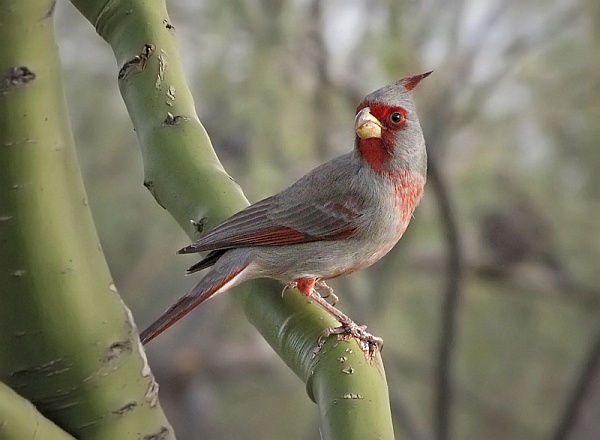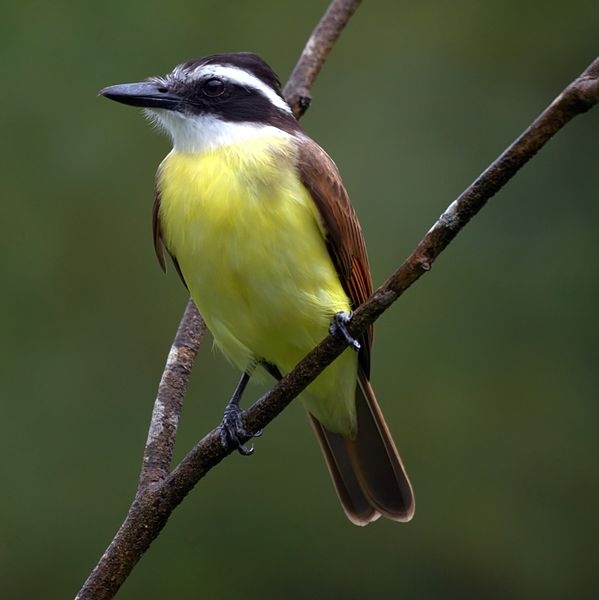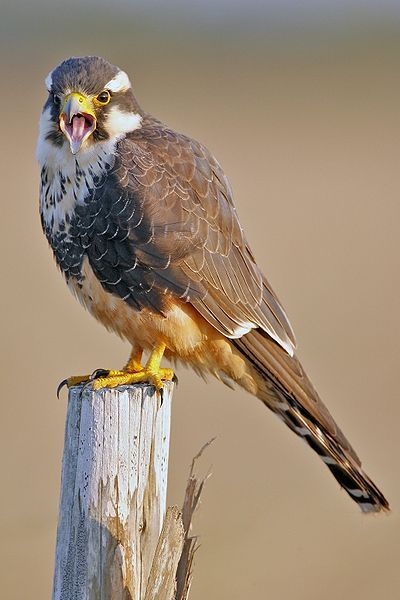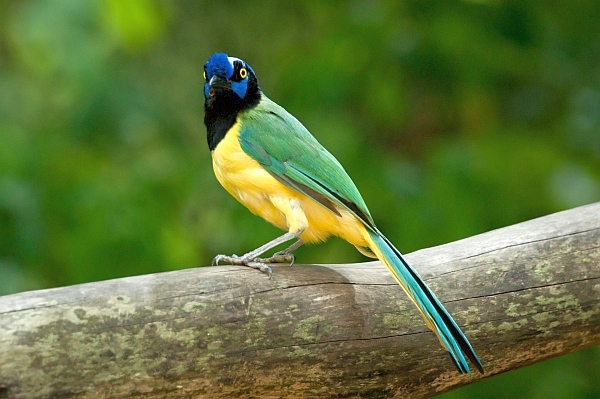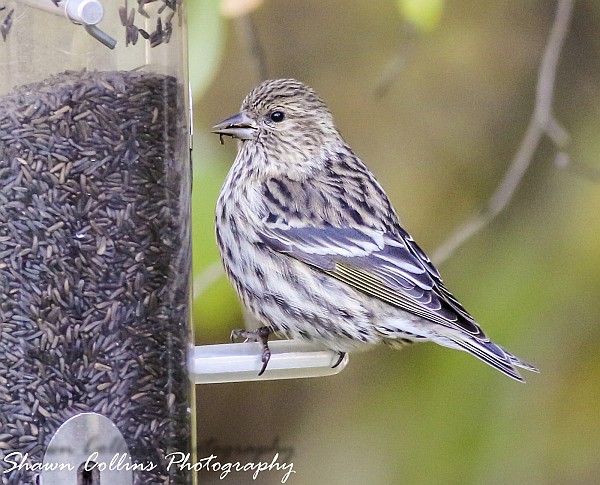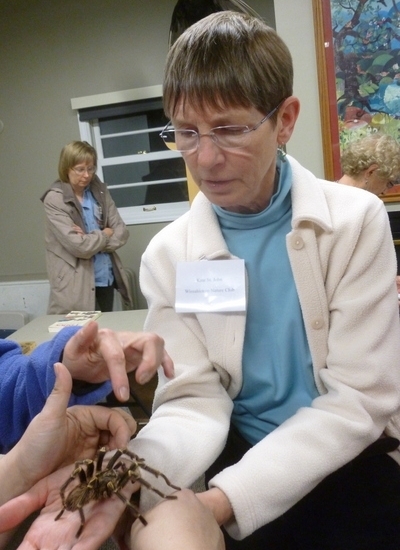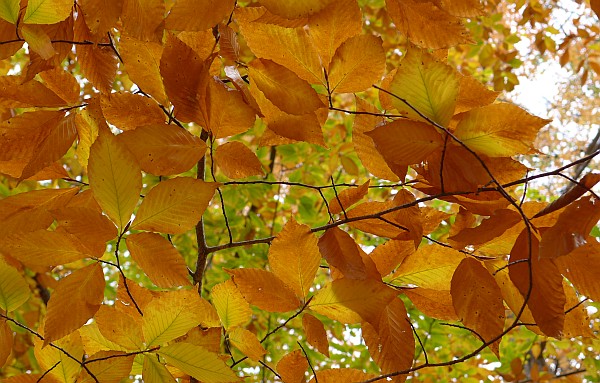To a Pennsylvania birder (me) this looks like an odd female cardinal but it’s actually a male pyrrhuloxia.
Pyrrhuloxias (Cardinalis sinuatus) are closely related to northern cardinals and their ranges overlap in the southwestern U.S. The pyrrhuloxias take the driest habitats, the cardinals take the wet ones. If you live in southern Arizona or south Texas you may have both at your feeders.
How do you tell the difference at a glance? Look at the beak. Pyrrhuloxias have short, stubby, yellow beaks with a smaller and curved upper mandible. Adult northern cardinals have bright red-orange beaks while immatures have dull brown-red.
The beak accounts for part of the pyrrhuloxia’s name. Birds of North America Online explains that “Pyrrhu” comes from Pyrrhula, the genus for bullfinches meaning flame-colored or red. Loxia is the genus name for crossbills and means crooked.
Its a desert cardinal with a flame-colored chest and a crooked beak.
(photo taken in Tuscon, Arizona by SearchNetMedia via Flickr, Creative Commons license)
